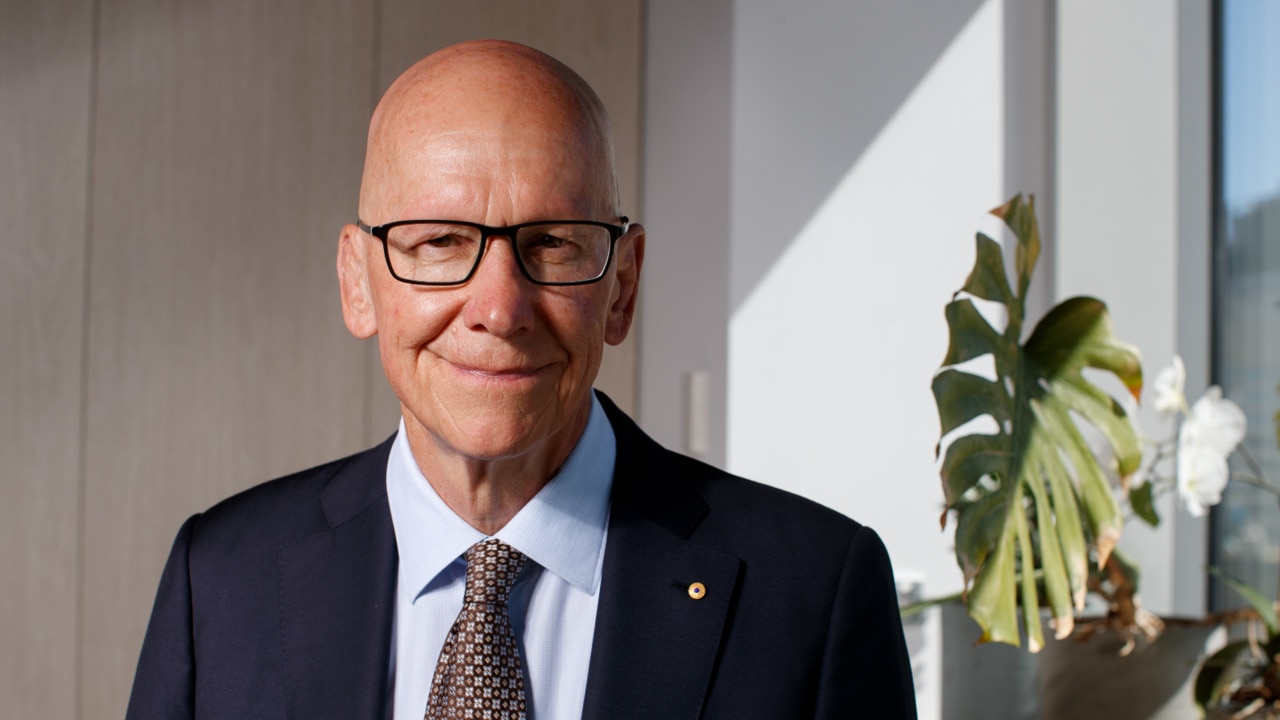
The sharp October sharemarket fall will test the nerve of the avalanche of newcomers to the self-managed fund movement, led by females aged between 25 and 45.
This week’s heavy selling of US bonds on fears big US interest rate cuts will be delayed sent global shares lower. The fall comes after a long run of strong markets returned 2023-24 savers to the traditional patterns we have seen in previous years.
After years of stagnation the net number of additional self-managed superannuation funds doubled in 2023-24, but with a difference – the percentage of female entrants outnumbered the males in the 25-45 age bracket. Males outrank females in the older age groups.
This change in the younger age group reflects the increased number of females in high-reward positions in enterprises and their greater role in the small and medium-sized business environment.

They will discover the popular doctrines of “inclusivity” are not extended to the owners of listed businesses, but, unlike their male counterparts, they may seek to stop corporate information discrimination against small shareholders.
Self-managed fund membership by females aged between 25 and 45 represented almost half of the increased female membership numbers of self-managed funds.
The data heralding the new era comes from the tax office. Before looking more closely at the ATO report, let me switch to the data coming from the new era of self-managed funds and small shareholder communication.
Patterns of share buying and selling are now becoming available from the 130 small and medium-sized companies that have joined the InvestorHub shareholder communication network.
In the past three months existing or former stakeholders in these companies accounted for almost 80 per cent of the stock purchased on the ASX – 63 per cent came from existing shareholders increasing their stake and 16 per cent were old shareholders who had previously sold their stock. Some 21 per cent of buyers were new to the register.
One of the worst features of the Australian stockmarket is big traders and institutions convince companies to make placements to them at sizeable discounts. Loyal smaller shareholders outside the institutional ring are excluded from these placements.
The new data shows that of the institutions that take these placements, 40 cent sell out in three months to the loyal supporter holders.
Fortunately, the new network of smaller shareholders will enable more long-term loyal shareholders to register as sophisticated investors via the InvestorHub system. Their accountant must give approval, which requires individuals to have $250,000 of net assets including the family home.
Self-managed funds usually face a tougher test than individuals. For investments of less than $500,000 fund investors need a qualified accountant to declare members are sophisticated investors, which may require gross income over the prior two financial years of at least $250,000 or having control over gross assets of at least $10m.
It’s clearly a form of discrimination, but there is flexibility in the rules to enable many more owners to participate in these placements, which will give much greater stability to the corporate registers of medium and smaller companies.
Back to ATO data and we find the net increase in self-managed funds in 2023-24 was 20,045 — a strong increase on the 12,458 net rise in 2022-23.
This lifted the number of self-managed funds in Australia to 625,609, embracing 1.15 million members – up 50,000.
The total assets in the funds were just short of $1 trillion, close to 30 per cent of the total superannuation industry.
Some 28 per cent of the assets in self-managed funds is invested in listed shares, but another 6 per cent is held in listed trusts, so the total share equity content represents around a third of the total assets. Another 12 per cent is invested in unlisted trusts, while 16 per cent is invested in cash and term deposits.
What makes many self-managed funds’ investment policies different to public superannuation funds is 10 per cent of the total SMSF assets is invested in non-residential property. The vast majority of this will be a property tied to the business that is operated by the members of the fund.
Another 5 per cent is invested in residential housing, but this is likely to fall because of the increased taxes placed on residential property owned by super funds, particularly in Victoria.
We are in the early days of increased younger female participation in self-managed funds, but as it grows they, as owners, will want to be able communicate with their chief executives in an efficient way. Females on listed company boards and in top management positions will start asking their investor relations department: “Why aren’t we communicating with this enormous army of investors who deliver loyalty and board support?”
Another question board members may ask in this era of inclusivity: “Why do we discriminate with the sharing of information against self-managed funds and small investor sectors of our share owners – including our increased younger female participants?”.
The investor relations people will reply that it is the law. But, the new Australian shareholder communication system makes it easier for self-managed funds and small investors to ask questions of the CEO and register as sophisticated investors. Too many investor relations people have fallen behind the times and need to incorporate their owners in corporate discrimination and inclusivity polices.
And, eventually, slow moving retailers looking for prosperous female and male customers will discover they no longer have to exclude the owners of the company in their target markets.
Current batch of executives and directors can often learn from their predecessors.





